URUGUAY
Plants and Animals

Plants and Animals
Cities in URUGUAY
| Montevideo |
Plants and Animals
Plants
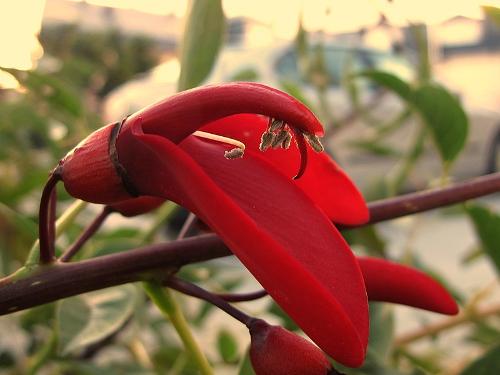 The flower of the ceibo tree is the national flower of UruguayPhoto: Jacilluch CC 2.0 Generic no changes made
The flower of the ceibo tree is the national flower of UruguayPhoto: Jacilluch CC 2.0 Generic no changes made
Uruguay consists mainly of grassland and gallery forests along the rivers, which makes it very similar to the vegetation of the Argentinian pampas and southern Brazil. The gallery forests include eucalyptus trees, willows, poplars and acacias. One of Uruguay's strangest trees is the ombú, whose bark is soft and fluffy to the touch. The beautiful flower of the ceibo tree (also called coral bush or coral tree) is the national flower of Uruguay.
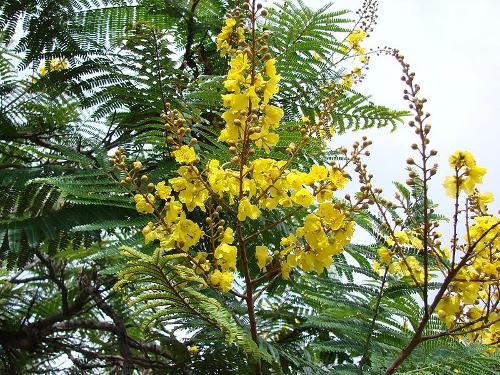 Peltophorum dubium is de nationale boom van UruguayPhoto: João Medeiros CC 2.0 Generic no changes made
Peltophorum dubium is de nationale boom van UruguayPhoto: João Medeiros CC 2.0 Generic no changes made
In the southeast, a large palm savanna area occurs along the Brazilian border. For the rest, only a small percentage of the country is covered with forests. Bushes mainly grow on the moist soils of the valleys. Coconut palms still stand along the coast. Uruguay's national tree is Peltophorum dubium.
Animals
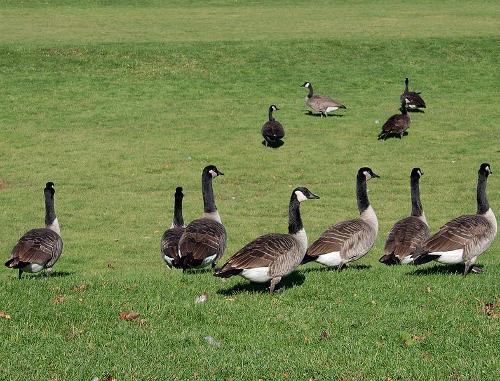 Wild Geese are common in Uruguay
Wild Geese are common in UruguayPhoto: Dori CC 2.5 Generic no changes made
Large wild animals are rare in Uruguay, although rheas are found near the Río Uruguay. The animal world is typically that of the open plains of South America, that is, a fauna of the grass savannah, which generally links up with that of Northeast Argentina. Many bird species occur in the river forests and wetlands, including the king duck, the black-necked swan and various species of wild geese. In the grasslands we find the aforementioned rhea and partridges. The hornero or oven bird builds its oven-like nest in telephone poles, among other things.
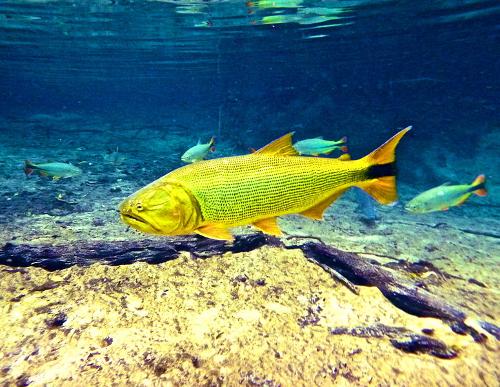 Wild Geese are common in UruguayPhoto: Felipe cancian CC 3.0 Unported no changes made
Wild Geese are common in UruguayPhoto: Felipe cancian CC 3.0 Unported no changes made
Freshwater fish include piranhas, salmon and pejerrey. Furthermore, there are pacú, tararira and surubí, all related to the North American bass. Uruguay's best-known freshwater fish is the carp salmon Salminus brasiliensis or golden dorado, which can weigh up to 32 pounds. Anglers from all over North and South America come to Uruguay to fish the golden dorado in the Río Santa Lucía. The Río de la Plata estuary is very rich in fish. Here you will find a combination of salt and fresh water where sharks, rays, anchovies and corvina occur.
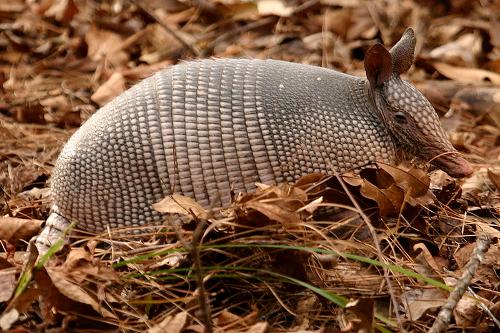 Armadillos, UruguayPhoto: Mwcolgan8 in the public domain
Armadillos, UruguayPhoto: Mwcolgan8 in the public domain
Animals such as jaguars, cougars, collared peccaries and giant anteaters are extinct in Uruguay. Mammals that do occur include white-lipped parrots, armadillos (armadillos), capybaras (the world's largest rodent) and three-toed anteaters or tamanduá.
Three hundred years of extensive livestock farming have left a negative mark on the animal and plant world. Uruguay has only four national parks, including the seal colony near Punta del Este and Cabo Polonio.
Sources
Bernhardson, W. / Argentina, Uruguay & Paraguay
Lonely Planet
Haitsma, M. / Uruguay: een landenmap
Novib
Jermyn, L. / Uruguay
Marshall Cavendish
CIA - World Factbook
BBC - Country Profiles
Copyright: Team The World of Info